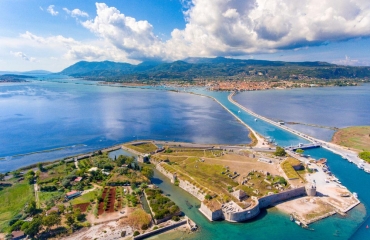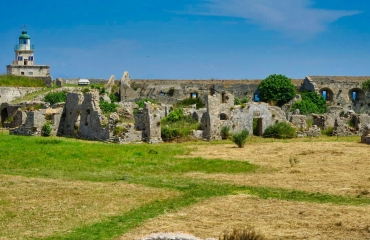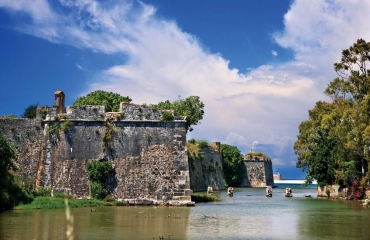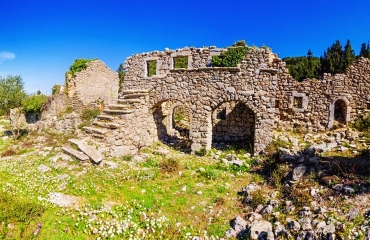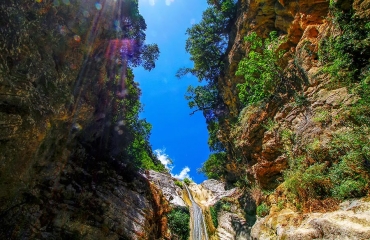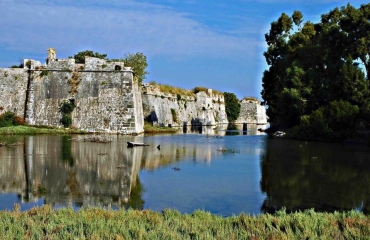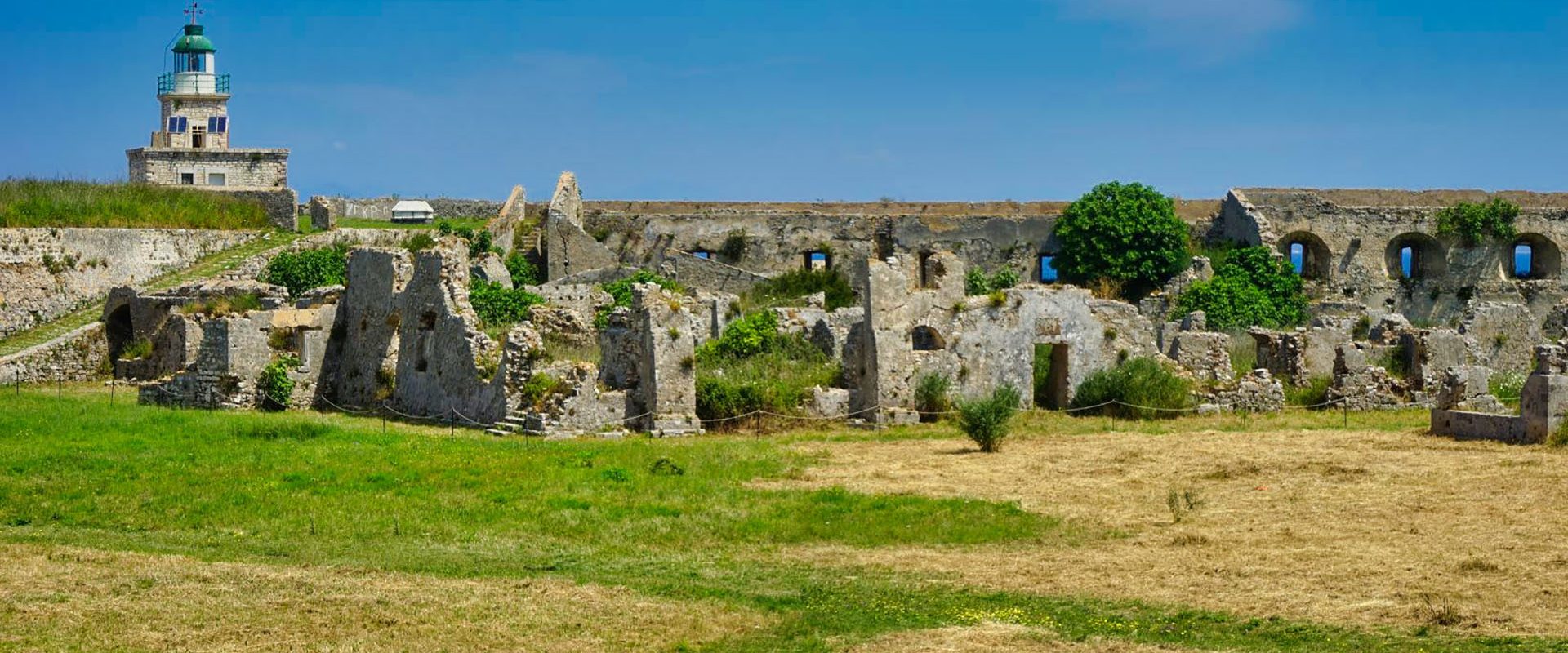
History of Lefkada
The myth about Sappho’s suicide at Cape Lefkada is related to other myths linking the island to the ancient Greek goddess of love, Aphrodite, and to Odysseus, the hero of Homer’s Odyssey. The German archaeologist Wilhelm Dörpfeld, having performed excavations at various locations of Lefkada, was able to obtain funding to do work on the island by suggesting that Lefkada was Homer’s Ithaca, and the palace of Odysseus was located west of Nydri on the south coast of Lefkada. There have been suggestions by local tourism officials that several passages in the Odyssey point to Lefkada as a possible model for Homeric Ithaca. The most notable of these passages pushed by the local tourism board describes Ithaca as an island reachable on foot, which was the case for Lefkada since it is not really an island, that it was connected to the mainland by a narrow causeway. According to Strabo, the coast of Acarnania was called Leucas in earlier times. The ancient sources call Leucas a Corinthian colony, perhaps with a Corcyraen participation.During the Peloponnesian War Leucas joined the Spartan Confederation.
Lefkada was part of the Despotate of Epirus until 1295 when it passed from Despot Nikephoros I to his son-in-law John Orsini. The Castle of Santa Maura, which eventually gave its name to the island, was first built in the beginning of the 14th century; the possession of the castle was key to holding the island. The Orsini family lost Lefkada in 1331, to the Angevins. In 1343, Walter of Brienne granted Lefkada and the Santa Maura castle to Venetian Graziano Giorgio. Between 1343 and 1348, Serbian ruler Stefan Dušan invaded Albania, Epirus and Thessaly, conquering all except for Vonitsa and Santa Maura. In 1362, Leonardo I Tocco seized Lefkada and Vonitsa. In 1479, the Ottomans took Lefkada, and rebuilt the castle on a large scale (the core of the castle being Ottoman).
